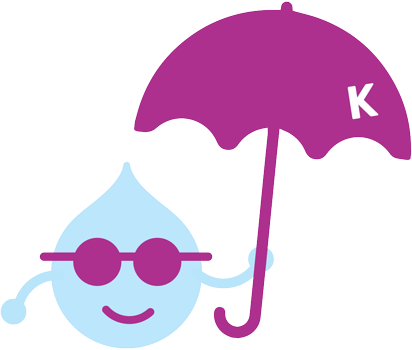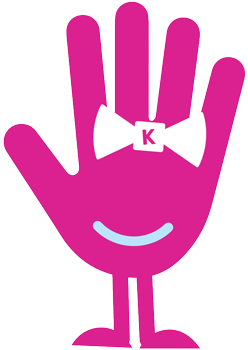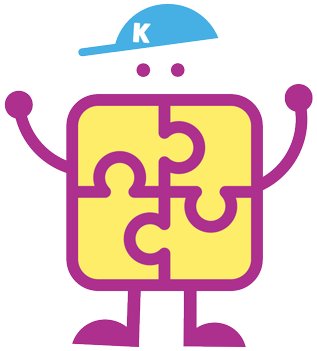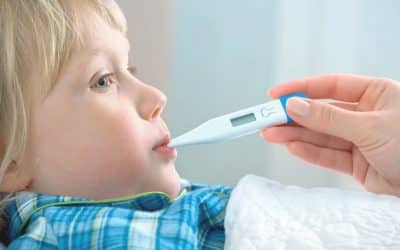Roseola is caused by a virus that is very contagious
Roseola infections typically begin with a high fever lasting 3-5 days, followed by a distinctive rash as the fever breaks. A high temperature in children can be very scary, but in this case, it is not usually dangerous and resolves on its own.
Watch for Fever
It is usually marked by several days of high fever, followed by a distinctive rash just as the fever breaks. Most children with roseola develop cold-like symptoms with a runny nose and congestion, followed by high fever.
Irritability and decreased appetite are typical. The high fever often ends abruptly and a pink-red flat, blotchy rash appears on the trunk, sometimes spreading to the neck, face, arms, and legs.
Roseola is Contagious
Roseola is caused by a virus that is very contagious. The infection spreads through droplets that others breathe in after a child with roseola coughs, talks or sneezes. The droplets can also land on objects and if your child touches those objects, can get infected.
There Is No Treatment
There is no treatment for roseola specifically. It will go away on its own. For the fever, use Acetaminophen or Ibuprofen products.
The rash requires no cream or ointment and will fade away on its own. It is not itchy or painful, and your child likely does not know he or she has it.
To prevent dehydration, please ensure your child drinks small amounts of water, electrolyte solution, breast milk or formula, often.
See your doctor if you are concerned about your child’s hydration.


































